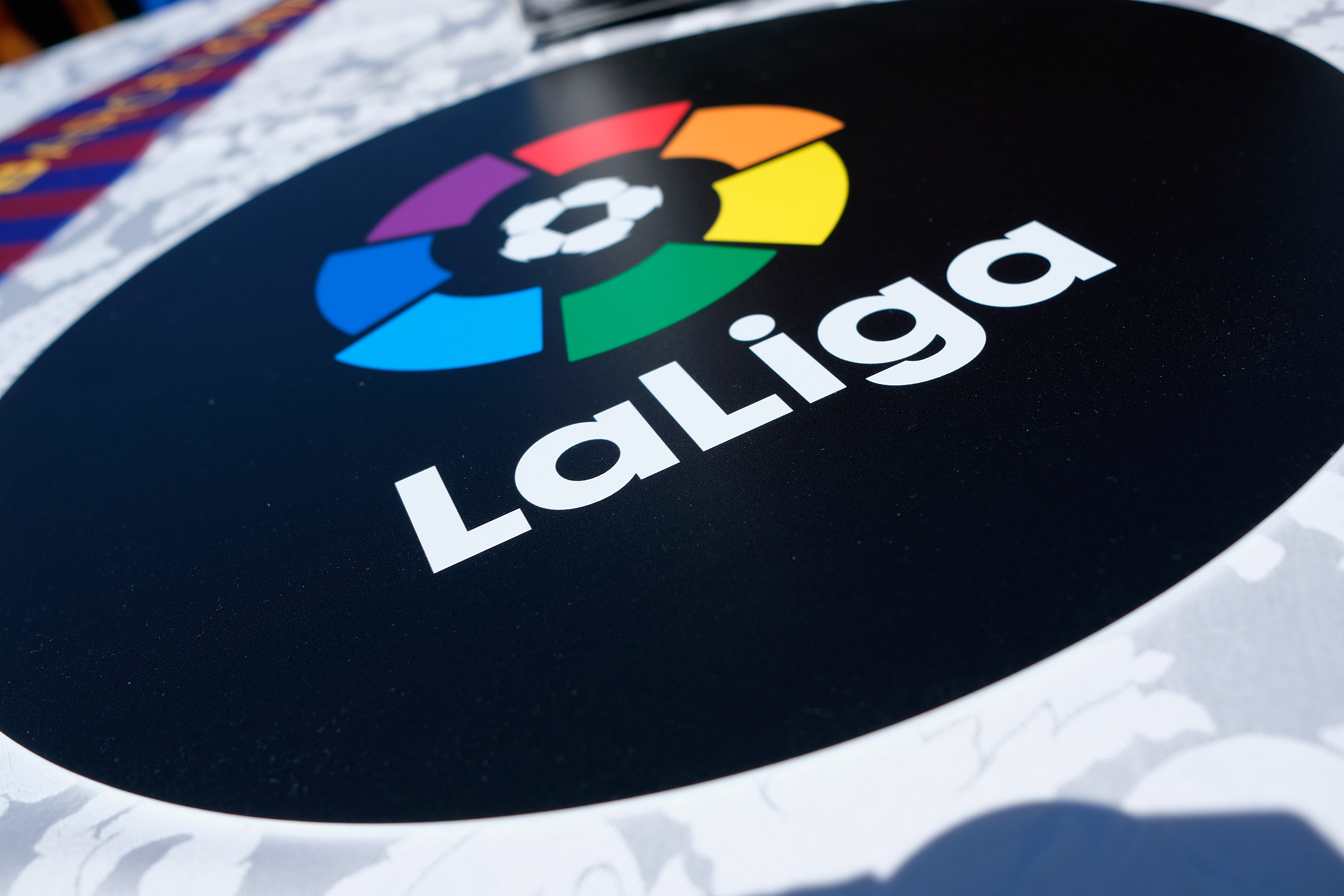Indian football has never really kept pace with the growth and development witnessed across the globe. Countries of miniscule sizes and resources have harnessed their efforts effectively to flourish in this game. Ivory Coast, Trinidad & Tobago, Honduras, Cameroon all, at some point of time, have participated in the ultimate showdown of world football, i.e., the FIFA World Cup, despite having poor infrastructure.
Sadly, Indian football with a rich legacy has been on the downslide ever since the 1960s. Our football team is unable to carve a niche even in the Asian level, leave aside the more competitive world football arena. The lion’s share of blame lies with the administrators of the game in this country, who have failed to chalk-out a roadmap to ensure football’s continued development in this country.
![World Cup [C] Telegraph1](http://www.thehardtackle.com/wp-content/uploads/2011/06/World-Cup-C-Telegraph1.jpg) Will the dream die a pre-mature death?
Will the dream die a pre-mature death?
–
Although a national football league is in place but the same is pathetically run in a slip-shod manner. Twenty six rounds of matches for the 2010-11 competition were held, mostly on weekdays (instead of weekends as is the practice across the globe) in near-empty stadiums with minimal live television coverage. No reputed official broadcaster was contracted to telecast the matches live across the country. Consequently, the country’s premier football competition which had started in the third week of December, 2010 and continued till the month of May 2011 with interludes in-between, went unnoticed and did not evoke much interest and response amongst football lovers.
This amateurish approach by the governing body of Indian football prompted premier business and corporate houses to become increasingly disenchanted. Mahindra United, a football team managed and sponsored by the Indian automobile giant, Mahindra & Mahindra and Mr. Samir Thapar’s JCT Sports Club managed by JCT Industries have already disbanded their senior football team.
–
India’s liquor baron, Dr. Vijay Mallya’s United Breweries (UB Group) has been sponsoring the two football teams of Kolkata, McDowell Mohun Bagan Club and Kingfisher East Bengal Club (rechristened by adding two premier liquor brands of the UB Group). Dr. Mallya, himself a keen sports lover, has his fingers in a whole lot of sports pies. He has a cricket team, Royal Challengers Bangalore playing in the Indian Premier League; hee has a Formula One car racing team, Force India besides sponsoring players and teams of a varied sports discipline ranging from golf to horse-racing. During a panel discussion on football’s improvement in this country, UB Group Chief Operating Officer for Sports Marketing Business, Fraser Castellino also sounded a veiled warning of backing-out from sponsoring football clubs in India, unless AIFF tries whole-heartedly to bring in some amount of professionalism in the way the beautiful game is being run in the country.
Like Mahindra and JCT bosses, he was also candid enough to admit that the UB Group felt that they are not getting the desired mileage by sponsoring the two football clubs with huge supporter base and they would like to watch for a few more years before mulling thoughts of withdrawal. A back-out will spell disaster for the two clubs as 90% of the revenue for running the football teams is dished out by the corporate sponsors.
The AIFF has a challenging task ahead to revamp the competition and draw the fans back to the stadiums. Ideally, they should ensure the following –
a) At the very onset, device a calendar of domestic competition and tournaments (on the footsteps of our cricket governing body, BCCI’s FTP) so that various State Associations can adequately time their local leagues and knock-out competitions;
b) Ensure that the I-League matches are played only on week-ends; so that matches are played in front of a packed on-field crowd and the live telecast gets the prime time slot.
c) AIFF top brass must act proactively to seal a deal with an alternative production house as soon as possible. Ideally, they should not approach ESPN and Star Sports as they will, in all probability, back-off from providing live telecast feeds as they would not like to dilute their TRPs by dishing out the sub-quality football as compared to the highly superior European Leagues. Instead, AIFF should use their boss, Mr. Praful Patel’s clout to rope in Doordarshan’s sports channel, DD Sports, the trusted Indian broadcasting corporation for live coverage, a channel which has considerable amount of reach even in the remote parts of the country.
d) A very clear, consistent and strait-jacket guideline regarding the number of foreigners, PIO and Asian quota players a club side can have. Preferably this should not vary from year to year so that clubs can recruit players for a three-year term.
e) A clear cut policy of requisitioning players from clubs for national duty is of prime importance. The mode of compensating the parent clubs caused by the absence of their players during the course of such participation and also compensating the player in case of injuries sustained during the course of national duties should be properly documented. In no way should the club be made to suffer from such requisitions.
f) AIFF should direct the various State Associations to devise and organize a district league. Because, it will considerably help in spotting promising talents even from the remote areas and the players can be groomed in an organized manner.
The AIFF is now on the threshold of making or marring this wonderful game of football in India. Unless they act sincerely for the betterment of the game, football will die out just like field hockey where we were once considered to be the undisputed kings. It’s high time the governing body of the game in India gets their act right to wake up the Sleeping Giant, before it dies a premature death.
–
~ Rana Bose
(The author, Rana Bose, is a veteran Indian football fan and has been following the game for decades)

![M_Id_160338_Praful_Patel [C]: Indian Express](http://www.thehardtackle.com/wp-content/uploads/2011/06/M_Id_160338_Praful_Patel.jpg)



